One of the most famous mushrooms is oak. It has other names - a dupe, dupe, deaf boletus, bruise, dirty brown flight. The species has a wide variety of representatives. Each mushroom picker must be able to distinguish all subspecies, since some of them are poisonous and can be dangerous to health and life. Poddubovik belongs to tubular and conditionally edible mushrooms. Cep is considered to be a direct relative of the dupe.
Content
Characteristic features of the variety
Poddubnik belongs to the family of boletus and the Boletov family. The species has many representatives that differ from each other not only in appearance, but also in toxicity / edibility. Despite this, all subspecies have common characteristics - the size of the fruiting body and the structure of the mycelium. A photo and a detailed description allow us to determine the main differences of this mushroom.
Appearance and structure
Poddubovik belongs to higher fungi, therefore it is characterized by the presence of mycelium and the fruiting body. The mycelium is responsible for the attachment of the entire body to the substrate and consists of hyphae - long white strings that become thinner towards the periphery. Each hyphae is divided by septa into nuclear cells. They can be examined only under a microscope. In appearance, the gifs resemble a tangled web.
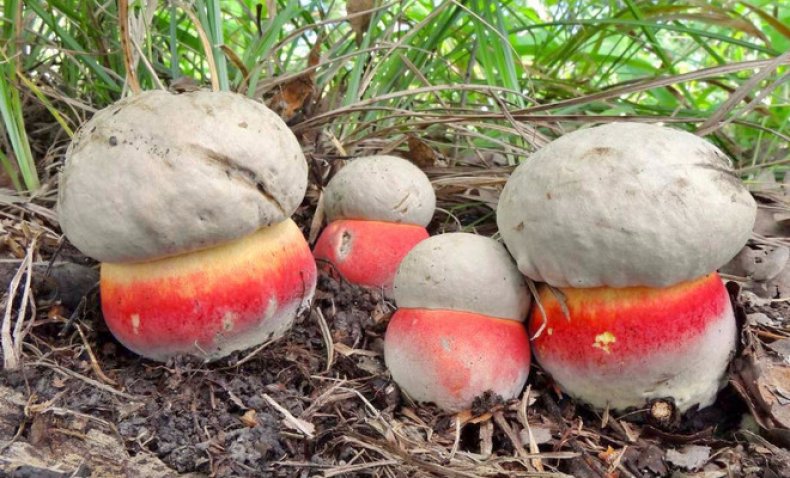 You may be interested in:
You may be interested in:The mycelium gives rise to the sporulation organs or fruiting bodies that are above the soil. It is the structure of the fruiting body that allows not only to classify the fungus according to taxonomy, but also to determine its edibility. The fruit body consists of a leg and a hat. The size of the cap can reach 30 cm in diameter, and its thickness is 5-7 cm.
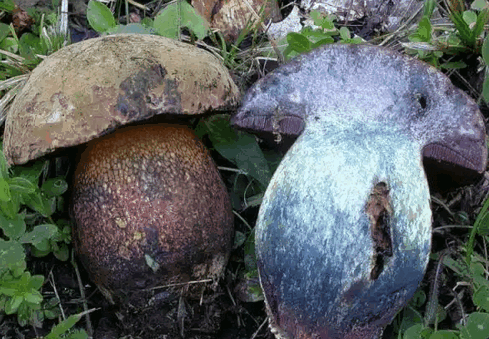
The hat has a hemispherical shape with wavy edges, velvety in texture. The foot of the oak tree is massive, thickened from below, in height from 5 cm to 12 cm, and in thickness 4-6 cm. The flesh is white, but when pressed, it acquires a blue hue. For this, he received a second name - a bruise. What does the oak tree look like in the context, can be seen in the photo.
Habitat
Most often, puffin is found in mixed and deciduous forests of the temperate climatic zone. The poddubnik prefers soils of calcareous type. It grows in places with good lighting and a high coefficient of humidity. Dubovik can be found near oaks, lindens, birches, but it can also grow in open areas, such as fields.
This species also lives on rocky surfaces. Most of the oak trees are in oak groves. This type is characterized by group growth, which greatly facilitates the collection. You can find bruises from mid-summer until September, and the peak falls in mid-August.
Eating
It is very important to learn to clearly determine whether a given fungus belongs to an edible species or not, since many subspecies of an oak tree that look like it are poisonous. The duvet itself belongs to the conditionally edible class.
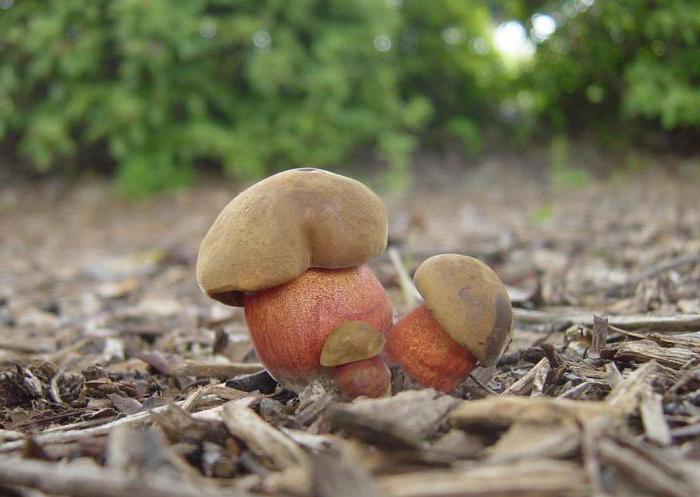
This means that before cooking and eating it requires careful heat treatment.To do this, it is first boiled in boiling water for 15-20 minutes, after which you can start cooking. It tastes very similar to porcini mushroom, because it is also often salted, fried and pickled.
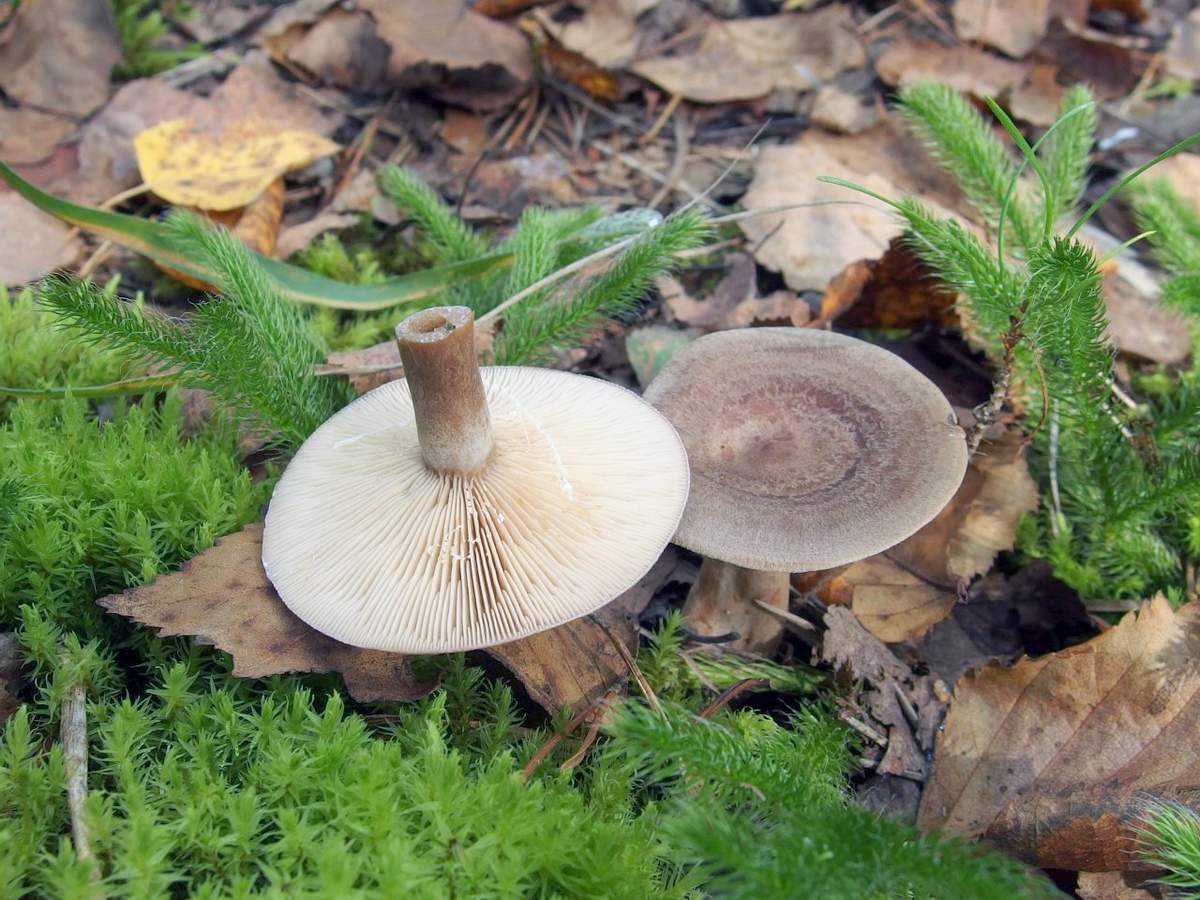 You may be interested in:
You may be interested in:Types and their description with photos
Very often, an oak tree can be confused with its subspecies, which include Ordinary, Speckled, and Kele. Subspecies are similar among themselves in appearance and place of growth. Also, all species have the same yield period. A brief description of each species and photo are presented below.
Common Dubovik (Boletus luridus)
This subspecies is considered the most common. It belongs to thermophilic species, therefore it is widespread in the south of Europe. It has a yellow hat with a heterogeneous texture. The pulp is yellow, uniform, dense, when pressed or cut quickly turns blue, and later becomes black.
The leg is massive, tall, dark with a red tint, often covered with a dark net. With the trees under which it often grows, it often forms mycorrhiza. The tubular part of the hat has a golden hue and turns red as the mat is mature.
In an adult oak tree, the tubular part has an olive color, in connection with which it is also called an olive-brown oak tree. This type is widely used in cooking for cooking dishes and sauces.
Speckled Oak (Boletus erythropus)
The second name of this species is a bruise or bruise. It differs from the previous representative in smaller sizes. His hat is brown, velvety in texture, and it also has a peculiarity - it darkens when pressed. The tubular part is red, and on the edges with a yellowish tinge. When pressed, it instantly turns blue.
The leg is thinner, red in color with olive grit at the bottom. The pulp has a light yellow color and darkens sharply when pressed. Most often found in oak groves rich in humus. The peak yield occurs in September. Speckled oak refers to the conditionally edible type, therefore, it requires heat treatment before cooking.
 You may be interested in:
You may be interested in:Dubele Kele (Boletus queletii)
The main feature of this subspecies is that it is inedible, and in fresh form - poisonous to humans. Dubele Kele was named after the French scientist-mycologist, the founder of the mycologist society. Kele has distinctive features in appearance, which helps not only experienced but also beginner mushroom pickers to distinguish it from other oak trees:
- It has an olive-colored hat, velvet or suede in texture, which later changes and becomes smooth.
- The cap is brown and quite difficult to separate from the legs.
- The tubular part has an orange color, close to the brick, it easily turns blue at any contact.
- The pulp is homogeneous, light yellow in color, the pulp of the legs is slightly darker.
- The leg itself is creamy, plain, without nets and grain, cylindrical, when cut, it turns blue immediately, but not so pronounced.
Satanic poisonous mushroom
Satanic mushroom is a dangerous poisonous mushroom, the use of which can lead to death of a person.Inexperienced mushroom pickers can confuse a satanic mushroom with an oak tree, which is associated with a similar appearance of these two representatives.
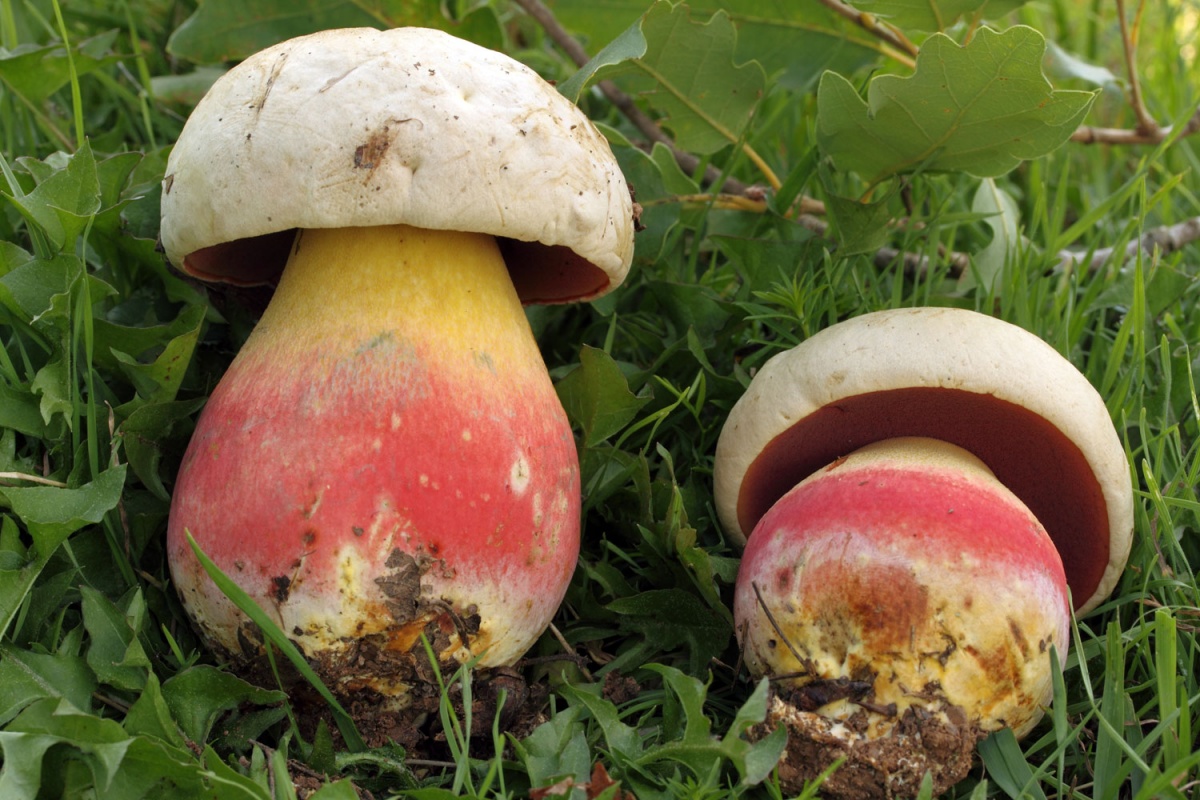
Despite this, there are some signs by which they can be distinguished from each other.
| Criteria | Dubovik | Satanic mushroom |
|---|---|---|
| Hat | Olive, dark olive, brown with a red tint | Brown yellow |
| Pulp | Yellow, quickly turns blue after an incision | When cut, it immediately turns red, gradually becomes light |
| Leg | Yellow with red mesh and grit | Yellow, red mesh only in the middle |
| Smell | Pleasant, almost not felt | Unpleasant |
Collection and application
Due to the high content of organic substances, the oak tree is used for the manufacture of antibiotics and in folk medicine, and the edible species collected on time are also used to prepare various hot dishes, pickles, as a component of seasoning.
When and how to collect?
Mid-July is considered the beginning of the harvesting season for oak trees. However, the peak yield occurs in early September. It grows mainly under groups of trees, which greatly facilitates the search. Mushroom picking begins early in the morning before they heat up under the sun (otherwise their shelf life is significantly reduced).
Recipes and processing features
First of all, before cooking, the mushroom is kept in boiling water for 15-20 minutes. Then proceed directly to cooking. Eating raw mushrooms can lead to poisoning, which is manifested by acute dyspeptic disorders.
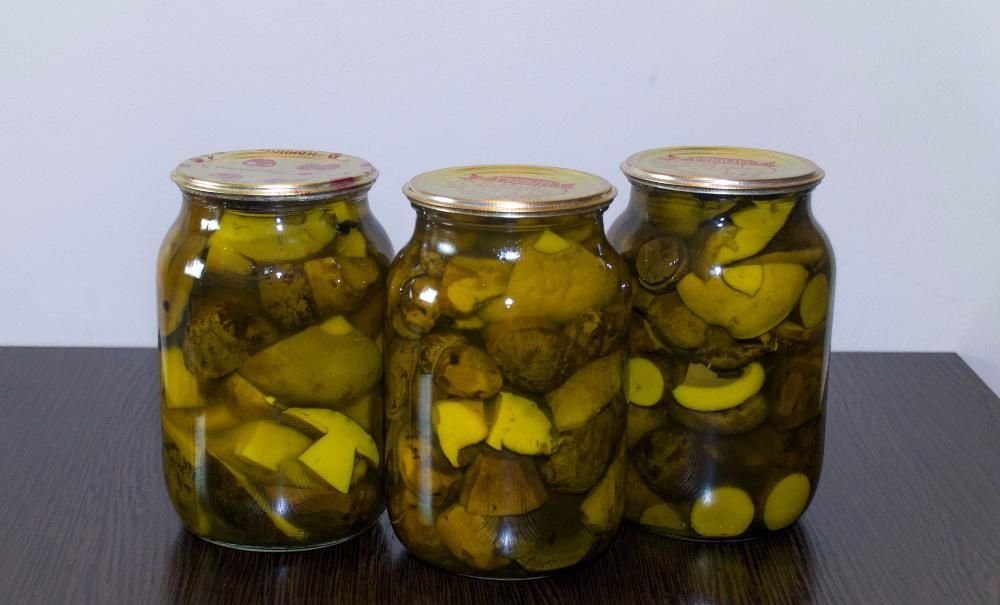
Most often, the oak is pickled or roasted. Marinade is made from garlic, bay leaf, black pepper, dill, cloves, sugar and sea salt. For marinating in 200 ml of water, add all the ingredients and boil for 5 minutes, after which they put the mushrooms and boil the same amount. The boiled mushrooms are laid out in jars, vinegar is added to them, and the jars are carefully closed.
The recipe for fried mushrooms with potatoes is especially popular. To do this, mushrooms are initially fried with onions and butter, after which potatoes are added. After frying, sour cream is added to the dish and baked in the oven. After cooking, you can sprinkle with herbs and garlic.
Useful properties and restrictions for use
In addition to cooking, the cudgel is used in medicine for the preparation of the antibiotic bolitol. Pulp has immunostimulating properties. In its composition, the fungus contains amino acids that improve memory, and also contribute to the prevention of atherosclerosis.
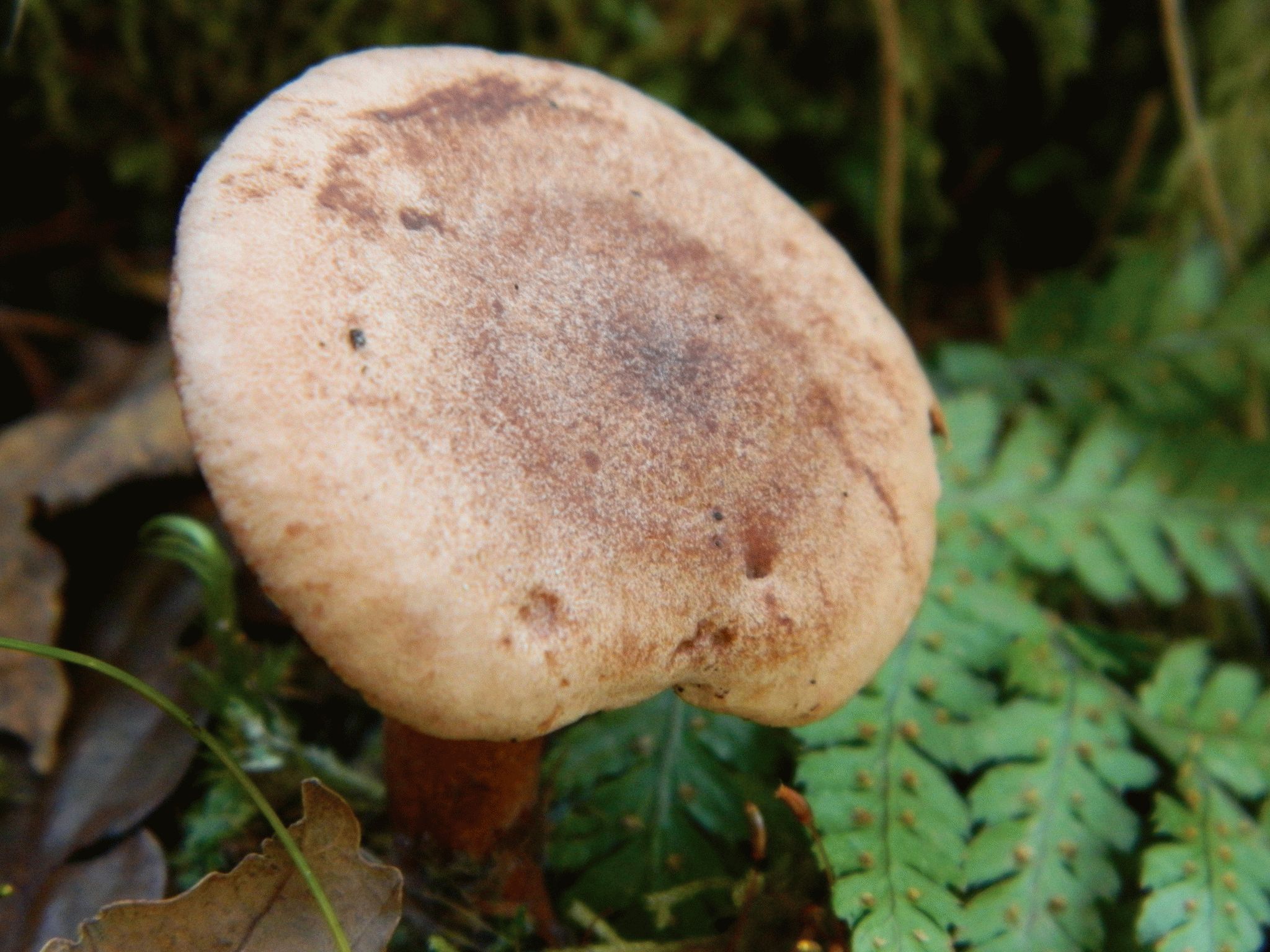
In addition, eating helps to eliminate dyspeptic disorders and improves the digestive tract, reduces the amount of glucose in the blood. The beneficial substances of the puffer accelerate the metabolism, which leads to a decrease in body weight.
In folk medicine, tinctures were prepared from this species, which were taken for malaise and disorders of the nervous system. The composition of the fungus includes proteins, fats, carbohydrates, vitamins A, C, B1 and B2, zinc, magnesium, ferum, manganese.
Answers to widespread questions
The most common questions include questions about the toxicity and beneficial properties of the fungus:
Poddubnik is a common conditionally edible type of mushroom that is widely used in cooking, traditional medicine and in pharmaceuticals for the preparation of an antibiotic. This variety has many toxins containing subspecies, as well as a toxic double, which must be distinguished.

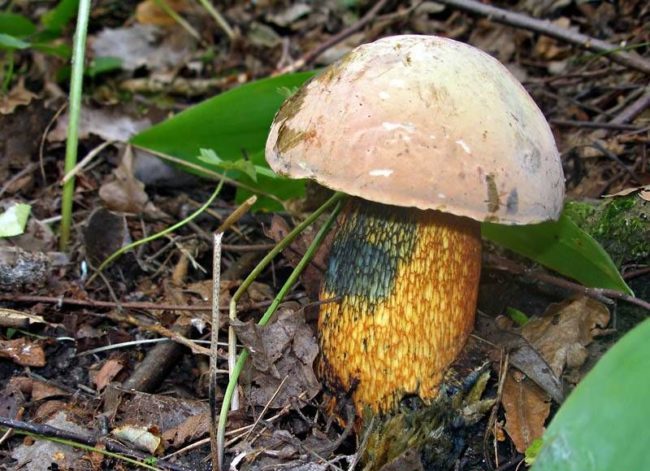
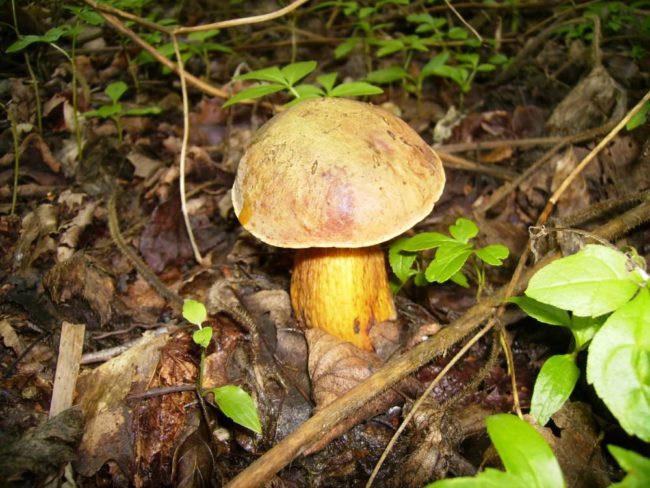
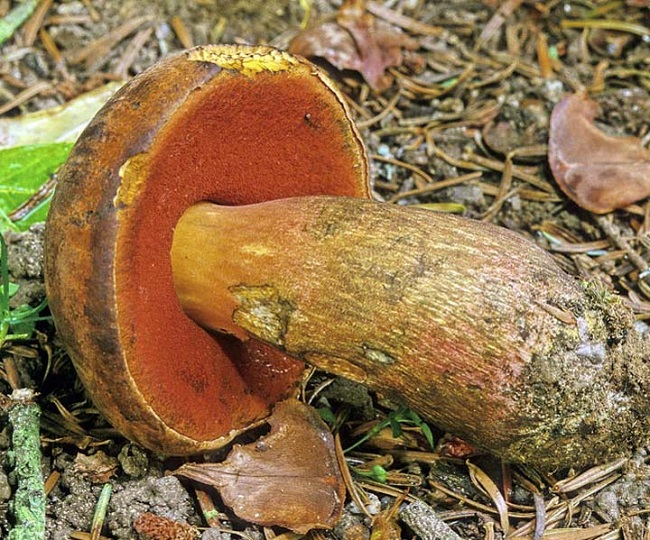
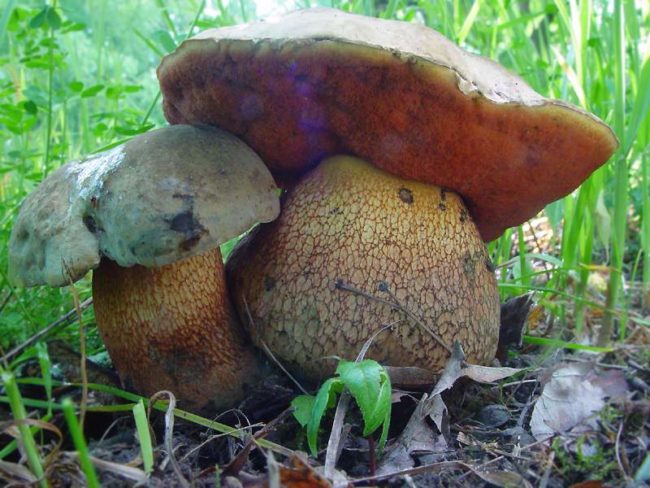
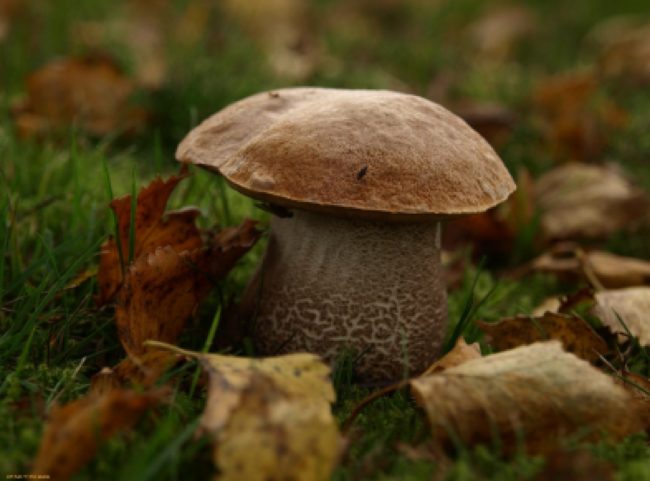
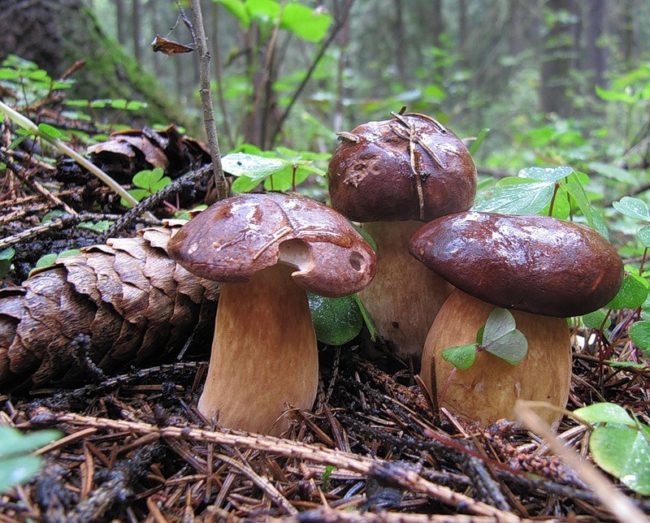
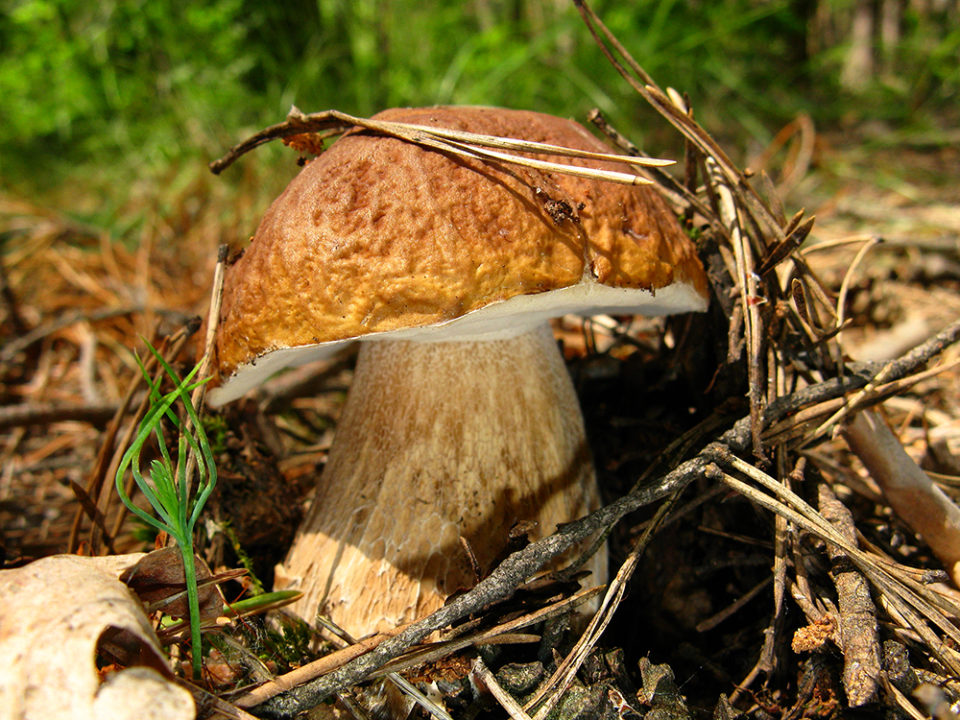
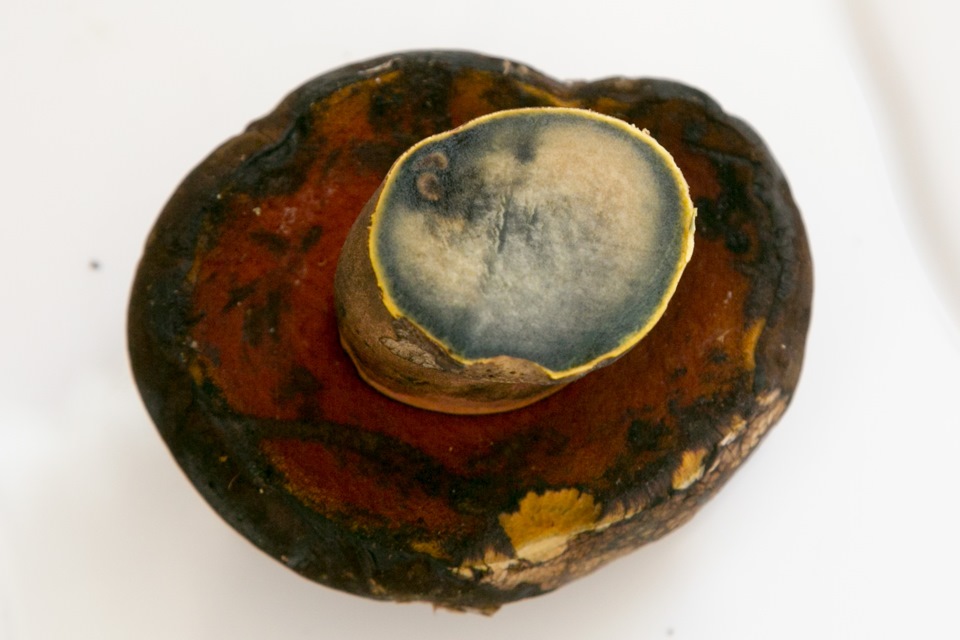
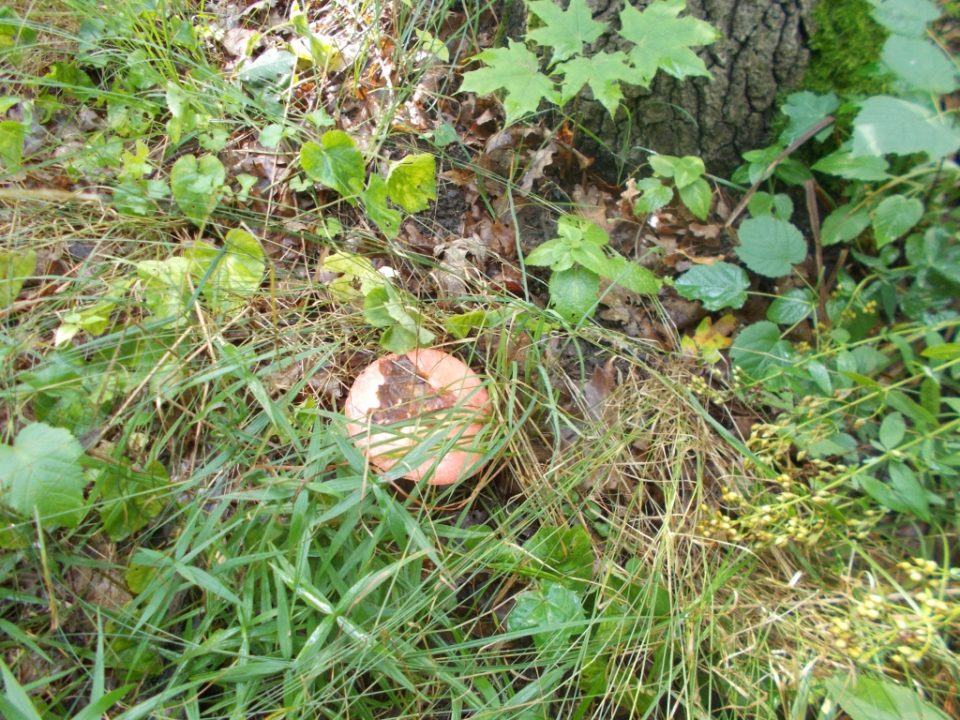
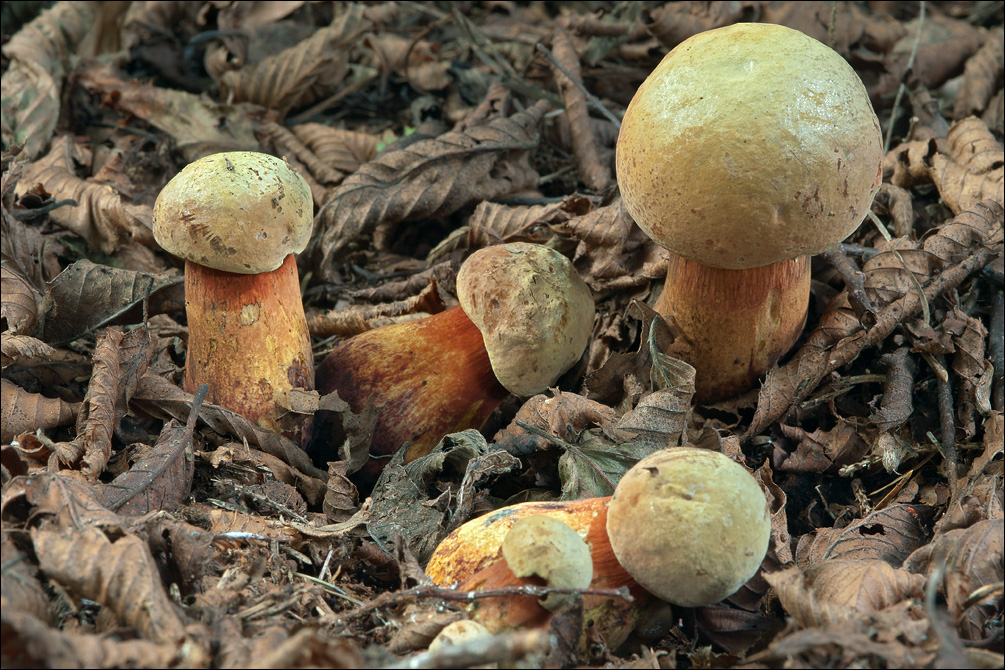
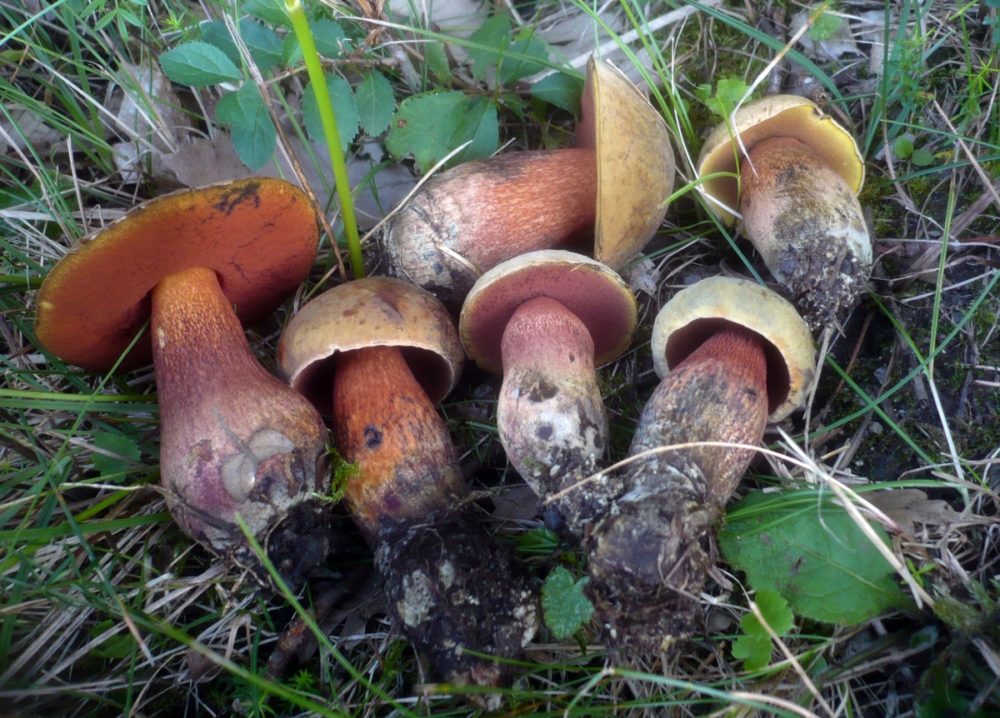
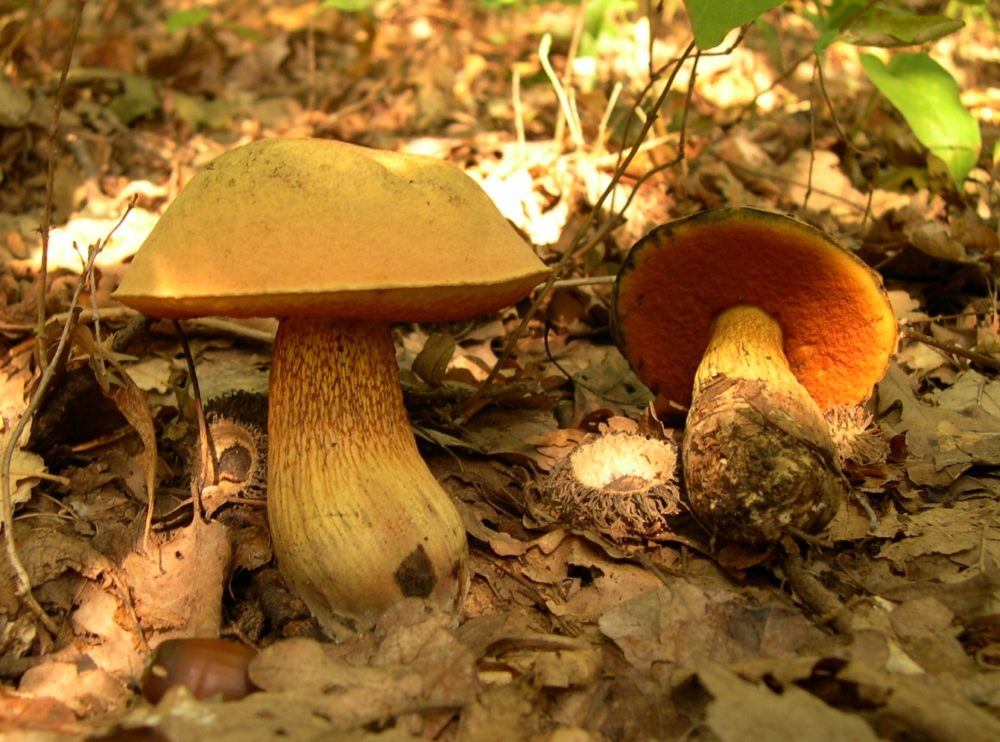



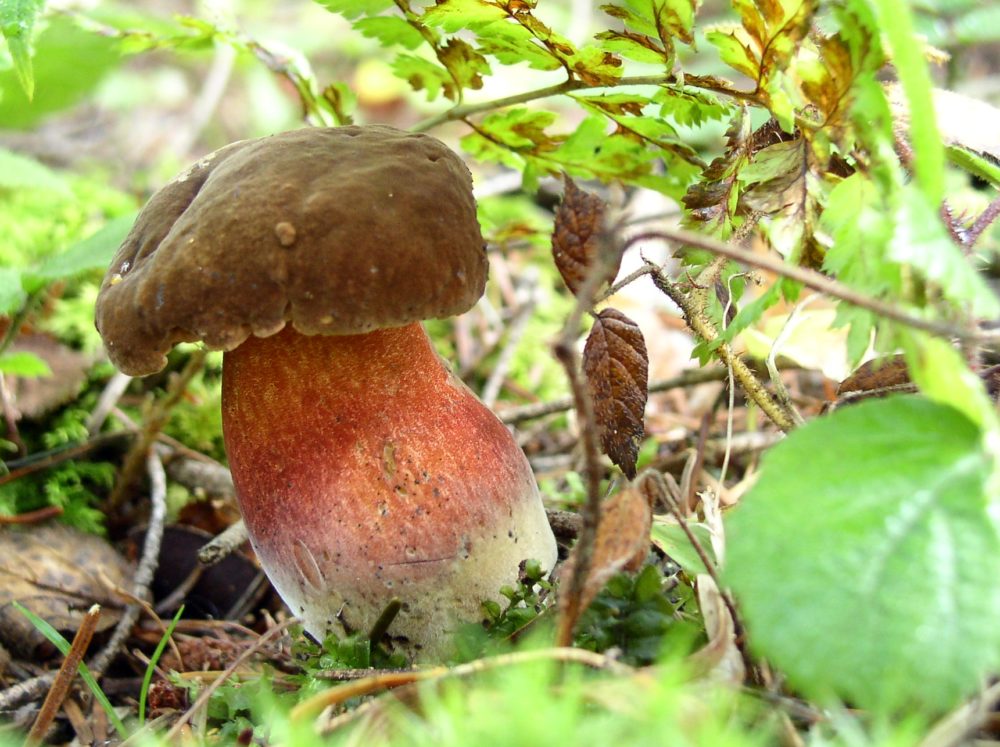
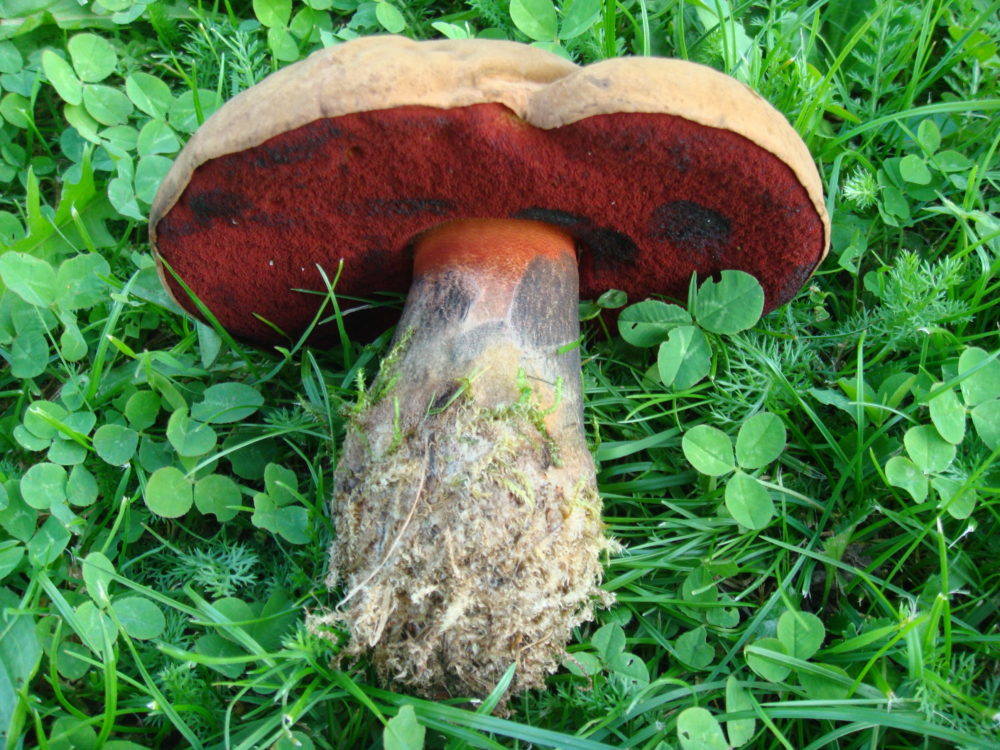
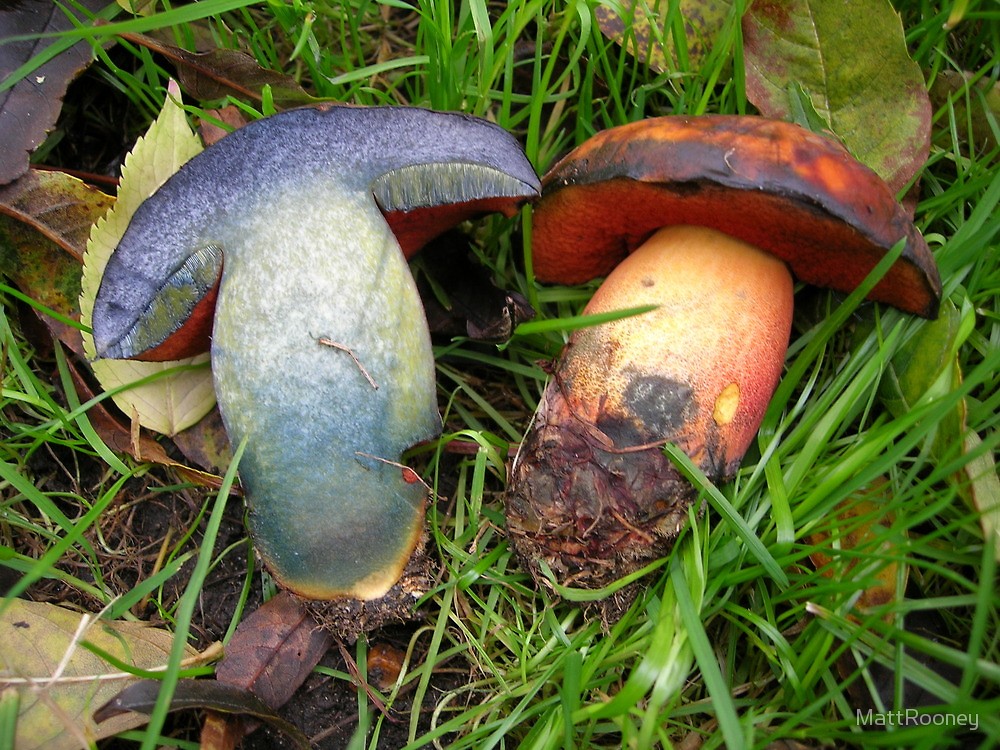
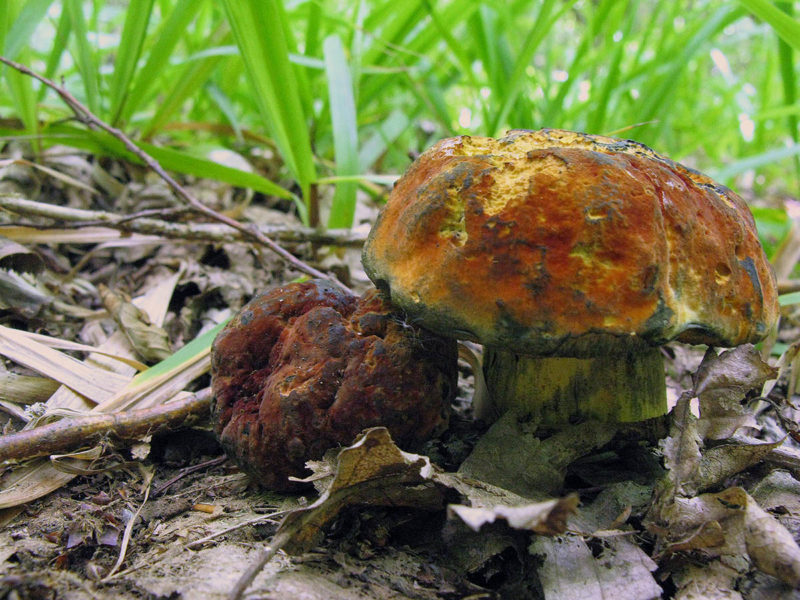
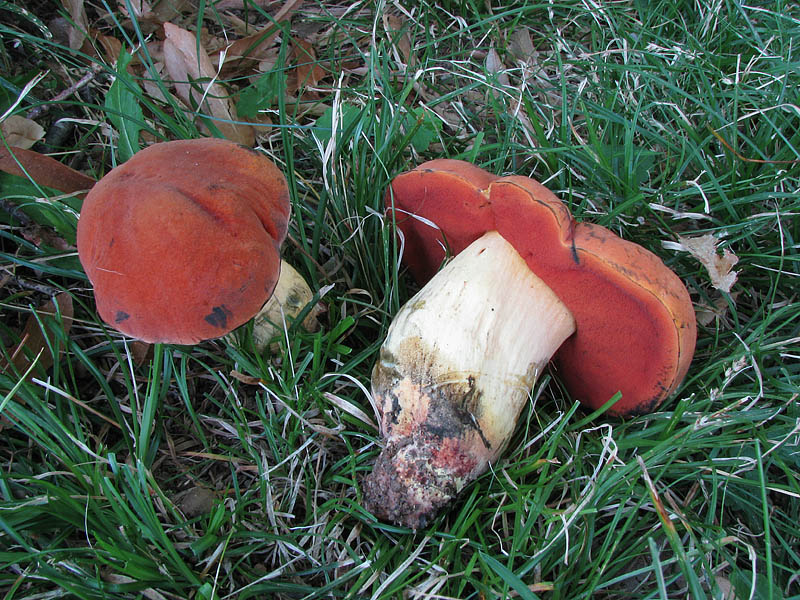
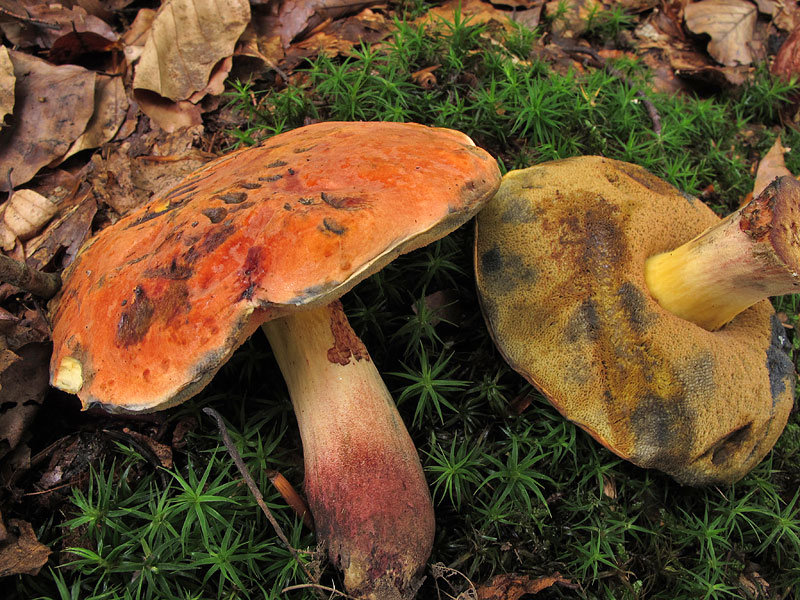
 Care and use of Kombucha at home (+22 photo)
Care and use of Kombucha at home (+22 photo) Edibility of the fungus of the motley umbrella and its description (+19 photo)
Edibility of the fungus of the motley umbrella and its description (+19 photo) Description of edible and inedible oils, their poisonous counterparts (+40 photos)
Description of edible and inedible oils, their poisonous counterparts (+40 photos) Useful properties of milk mushroom and its contraindications (+17 photos)
Useful properties of milk mushroom and its contraindications (+17 photos)